US rocket 'terminated' in fiery explosion minutes after launch
A privately designed, unmanned US rocket built to carry satellites has been demolished in an explosive fireball following what was described as an “anomaly" off the California coast during its first attempt at reaching Earth's orbit.
Firefly Aerospace's Alpha rocket was “terminated" over the Pacific Ocean shortly after its 7 p.m. liftoff on Thursday from Vandenberg Space Force Base, according to a statement issued by the US military airbase cited in a Friday report by the Associated Press.
The Austin, Texas-based Firefly declared that an “anomaly” occurred during the first-stage ascent that “resulted in the loss of the vehicle” about two minutes, 30 seconds into the flight. The Air Force base said a team of investigators will try to determine the cause of the failure.
According to the report, the rocket was carrying a payload called DREAM, or the Dedicated Research and Education Accelerator Mission -- consisting of items “from schools and other institutions, including small satellites and several demonstration spacecraft.”
“While we did not meet all of our mission objectives, we did achieve a number of them: successful first stage ignition, liftoff of the pad, progression to supersonic speed, and we obtained a substantial amount of flight data," Firefly asserted in a statement, insisting that the information will be applied to future missions.
Firefly is developing various launch and space vehicles, including a lunar lander. Its Alpha rocket was designed to target the growing market for launching small satellites into Earth orbit, the report added.
The two-stage, 26-meter-high Alpha rocket is designed to carry up to 1,000 kilograms of payload into low orbit. The company seeks to achieve the capability of launching two Alphas per month and has said that launches would have a starting price of $15 million.
Firefly, the report notes, will have to catch up with two Long Beach, California-based companies that are ahead in the small satellite launch sector.
Rocket Lab has put 105 satellites into orbit with multiple launches from a site in New Zealand and is developing another launch complex in the US.
Trump admin. asks transportation body to share passenger names in expanded deportation push: Report
UN sounds alarm over record Palestinian displacement, surge in illegal settler attacks in West Bank
Iran emerges as global fertility hub, blending innovation, research and scientific excellence
VIDEO | Can Europe save Ukraine?
VIDEO | EU freezes Russian assets
Iran’s PMI slips 0.8 points to 49.8 in November: ICCIMA
Two US soldiers, interpreter killed in surprise attack in Syria: CENTCOM
VIDEO | Epstein in Africa


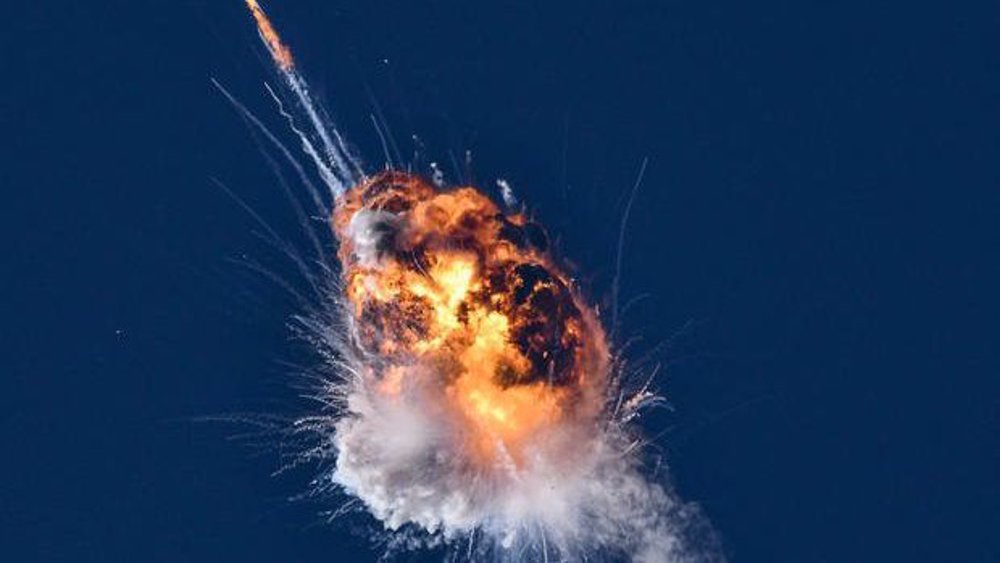
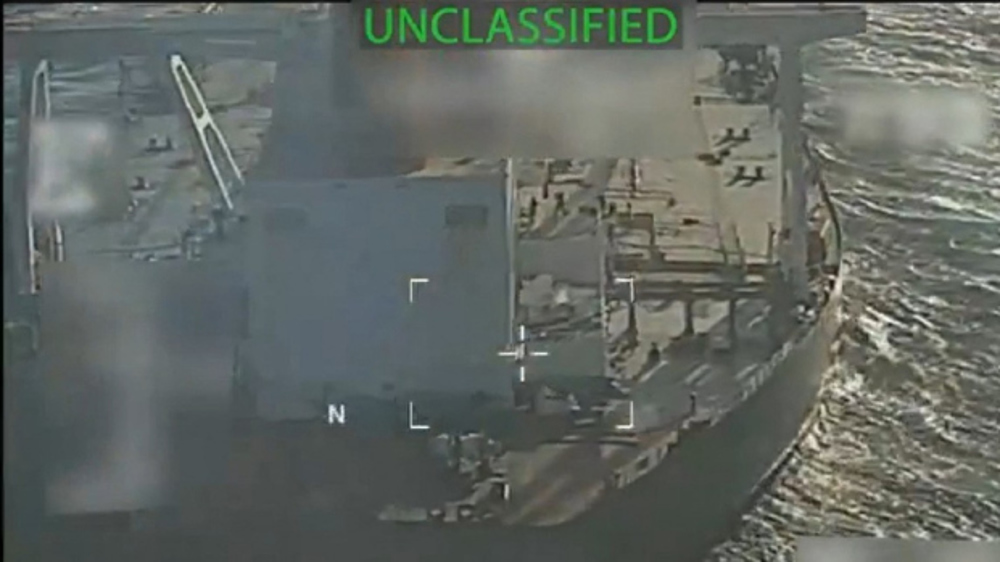





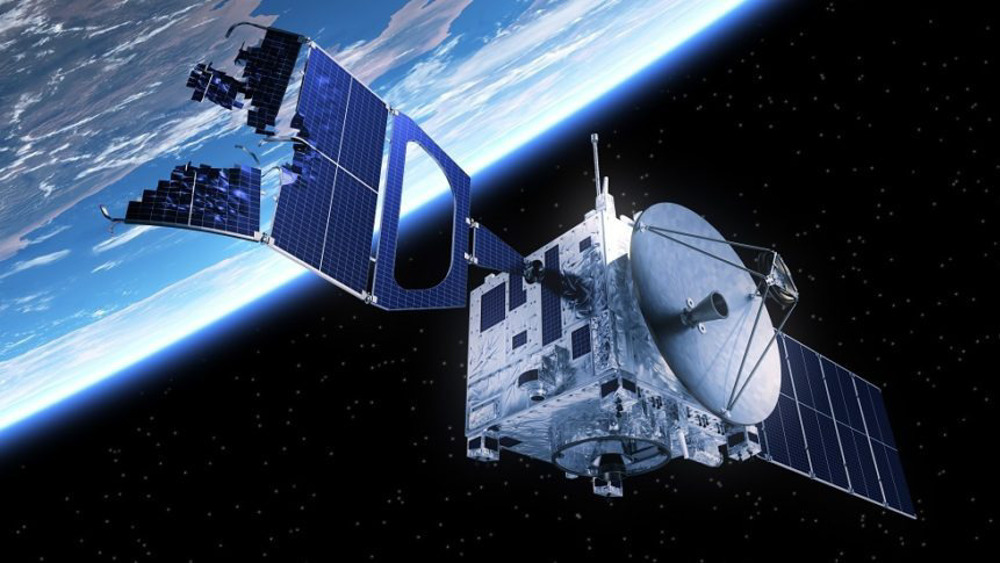

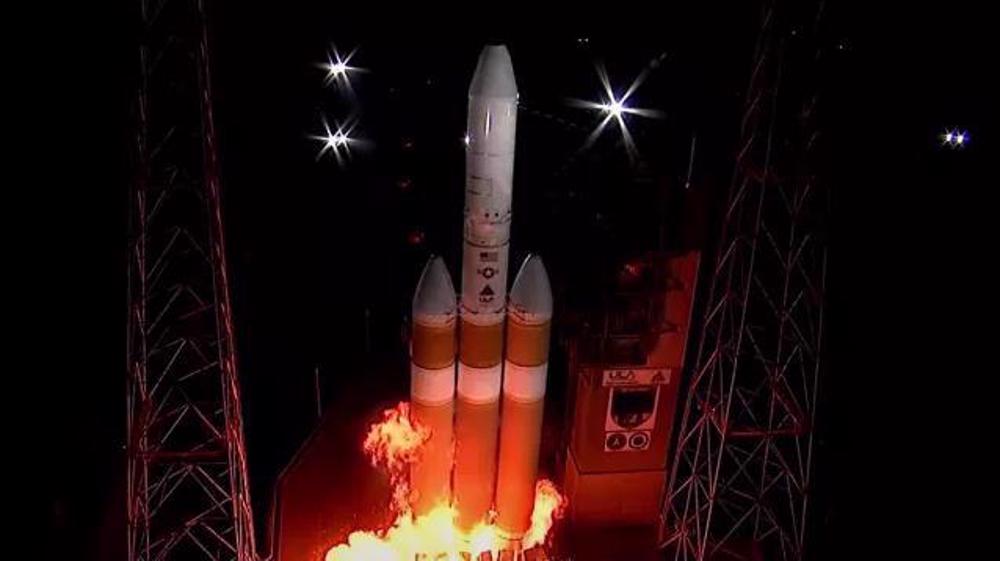
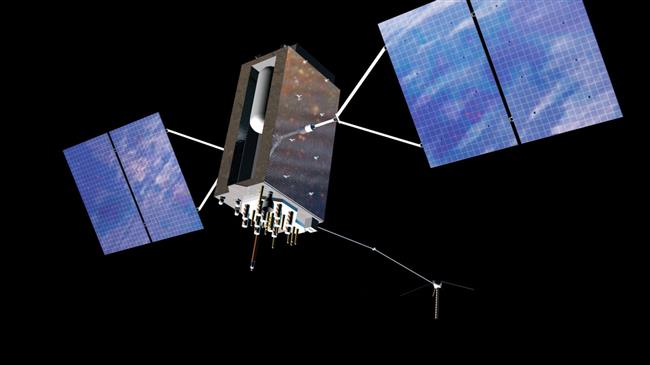

 This makes it easy to access the Press TV website
This makes it easy to access the Press TV website